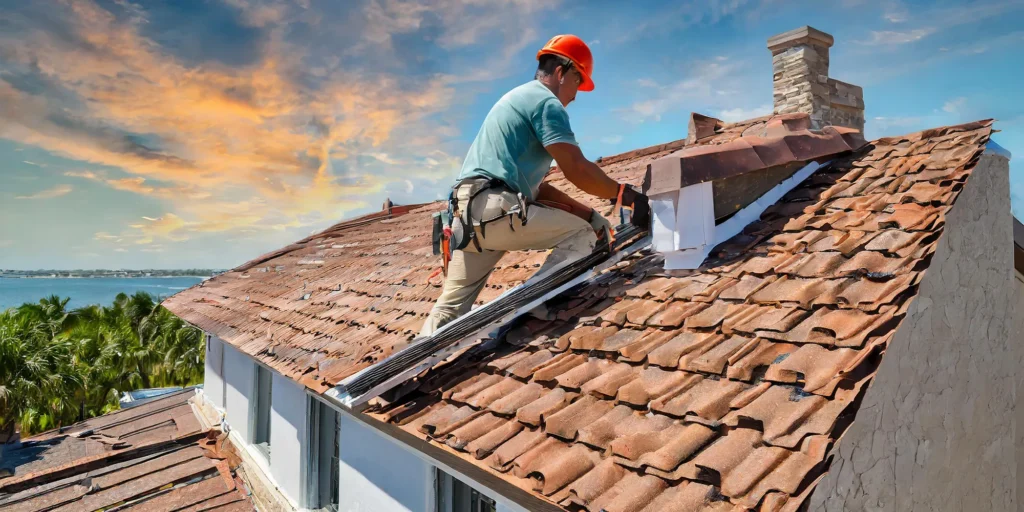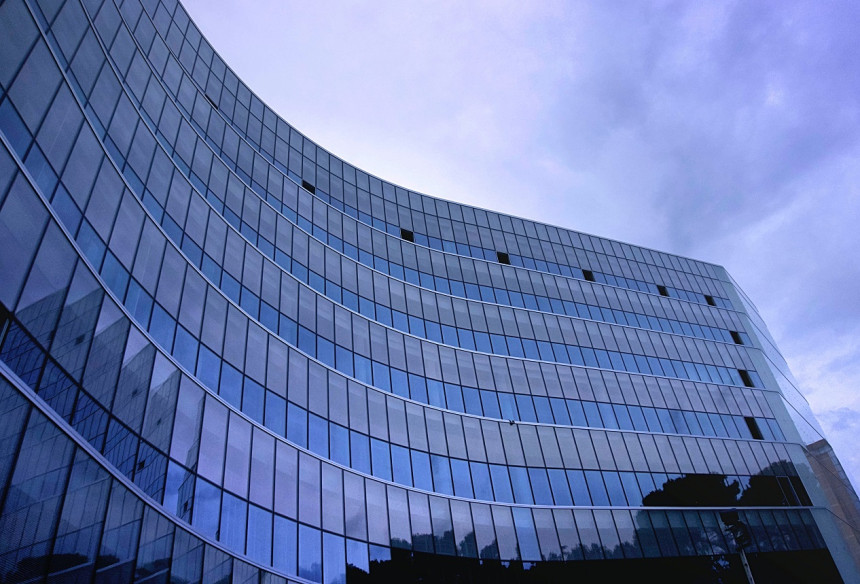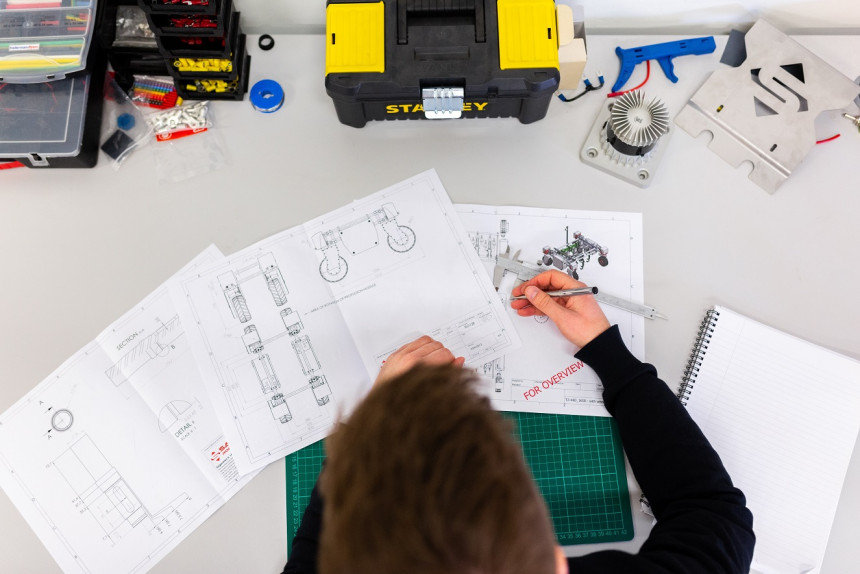
A roof is one of the most vital components of any building, protecting it from the elements and ensuring structural integrity. Over time, even the best-built roofs may develop issues requiring attention. Addressing these problems promptly can prevent more significant damage and extend the life of your roof. This guide highlights practical tips for tackling common roof repair issues and maintaining a strong, long-lasting roof.
1. Recognizing the Signs of Roof Damage
Regular inspections are the first line of defense against roof damage. Some signs of potential problems include:
- Missing or damaged shingles: High winds, hail, or aging can cause shingles to crack, curl, or fall off.
- Leaks or water stains: Water infiltration can lead to noticeable stains on ceilings and walls, signaling an underlying issue.
- Sagging areas: These can indicate structural problems or water pooling due to poor drainage.
- Moss or algae growth: While these may seem minor, they can trap moisture and cause long-term damage.
- Flashing damage: Flashing protects roof edges, chimneys, and vents. Any cracks or separation need immediate attention.
Identifying these signs early allows you to take action before minor issues become costly repairs.
2. Conducting a Thorough Inspection
Inspect your roof at least twice a year—in the spring and fall—and after significant weather events. Use binoculars to examine the roof from the ground or climb up if you’re comfortable and have the proper safety equipment.
Pay special attention to problem-prone areas, such as valleys, chimneys, and skylights. Check the gutters for shingle granules, which indicate wear and tear. If you’re unsure about assessing your roof’s condition, consider consulting a company specializing in Roof Repairs and Replacement for an expert evaluation.
3. Performing Minor Repairs Safely
Some minor roof repairs can be handled as DIY projects, but safety should always be your priority. Here are some basic repairs you might consider:
- Replacing damaged shingles: Remove the damaged shingle, slide a new one into place, and secure it with roofing nails and adhesive.
- Sealing small leaks: Use roofing sealant or caulk to close gaps around flashing or vents.
- Clearing debris: Remove leaves, branches, and other debris that can trap moisture or block drainage.
Always use a sturdy ladder, wear non-slip shoes, and avoid working on the roof in adverse weather conditions.
4. Addressing Larger Issues with Professional Help
While minor roofing concerns can sometimes be managed with small DIY fixes, larger or more complex issues are best handled by professionals. Without the proper skills and equipment, attempting such repairs can increase the risk of further damage or personal injury. Relying on trusted Nampa roof repair service providers, or other qualified experts in the local area, ensures the work is completed safely and to a high standard.
Professionals can handle tasks like:
- Repairing extensive leaks or water damage
- Replacing large sections of roofing material
- Addressing structural problems or sagging
- Installing or repairing flashing and ventilation systems
Hiring an experienced company ensures that repairs are done correctly and safely. Kodiak Roofing is a trusted name in the industry, known for providing reliable solutions tailored to diverse roofing needs.
5. Preventative Maintenance for Long-Term Protection
Preventative maintenance is key to extending the life of your roof. Some steps you can take include:
- Cleaning gutters regularly: Clogged gutters can cause water to back up onto the roof, leading to leaks and rot.
- Trimming overhanging branches: Prevent branches from scraping the roof surface or falling during storms.
- Checking attic ventilation: Proper airflow reduces moisture buildup and helps regulate temperature, preventing damage.
- Applying roof coatings: Protective coatings can enhance durability and weather resistance, especially for flat or metal roofs.
Scheduling routine maintenance with a professional roofing company ensures that your roof remains in optimal condition year-round.
6. Understanding Roof Repair Costs
Roof repair costs vary depending on factors like the extent of damage, materials required, and labor involved. While minor repairs may cost a few hundred dollars, extensive repairs or replacements can run into thousands.
To budget effectively, request detailed estimates from multiple contractors. Ensure the quotes include a breakdown of materials, labor, and any additional fees. While it’s tempting to choose the cheapest option, prioritize quality and reliability to avoid recurring issues.
7. Choosing the Right Materials for Repairs
The materials used in roof repairs significantly impact durability and performance. Common roofing materials include:
- Asphalt shingles: Affordable and widely used, they offer a good balance of cost and performance.
- Metal roofing: Durable and energy-efficient, ideal for both residential and commercial properties.
- Tile or slate: Long-lasting and visually appealing but may require specialized repair techniques.
Consult your contractor to determine the best materials for your specific roof type and climate conditions.
8. The Role of Weather in Roof Maintenance
Weather conditions play a significant role in roof wear and tear. Extreme heat, heavy rain, snow, and high winds can all contribute to damage over time. To minimize weather-related issues:
- Inspect after storms: Check for missing shingles, debris, or damage caused by hail or strong winds.
- Prepare for winter: Ensure gutters are clear, and check for ice dams that can lead to leaks.
- Monitor UV exposure: Prolonged sun exposure can cause materials to degrade, especially in hot climates.
By staying proactive, you can mitigate the impact of weather on your roof’s longevity.
9. Documenting Repairs and Maintenance
Keeping detailed records of roof repairs and maintenance is essential for future reference. Document:
- Dates of inspections and repairs
- Issues identified and actions taken
- Contractor details and warranties
These records can be invaluable for warranty claims, insurance purposes, or when selling your property.
10. Planning for Roof Replacement When Necessary
While regular repairs and maintenance can extend a roof’s life, there comes a point when replacement is more cost-effective. Signs it’s time for a replacement include:
- Frequent repairs becoming increasingly expensive
- Extensive water damage or structural issues
- A roof nearing the end of its expected lifespan
When planning a replacement, work with a reputable company to ensure a seamless transition and long-lasting results.
Final Thoughts
Roof repair is a crucial aspect of property maintenance, requiring vigilance, timely action, and professional expertise. By addressing issues early and prioritizing preventative care, you can maximize your roof’s lifespan and protect your investment.
Kodiak Roofing emphasizes the importance of proactive roof maintenance and reliable repairs to meet diverse client needs. With the right approach and trusted professionals by your side, your roof can provide lasting protection and peace of mind for years to come.




